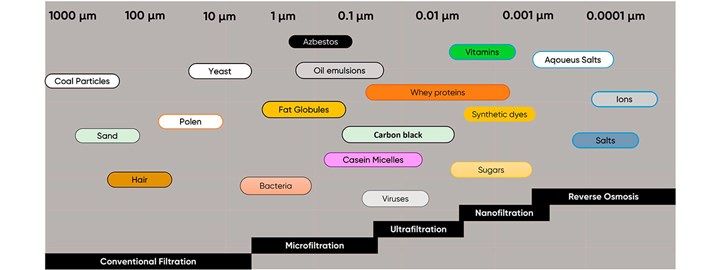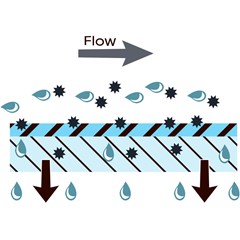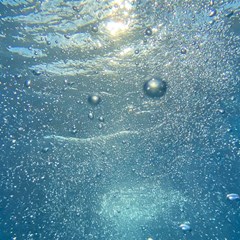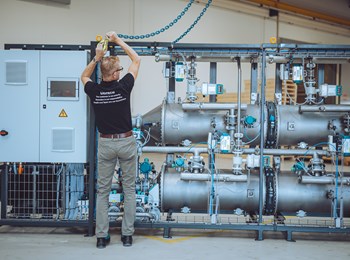What is nanofiltration (NF)?
NF is a pressure-driven membrane filtration technology used within water treatment. The treatment process can treat various kinds of water and wastewater.
Within water treatment, there are four filtration ranges. These are microfiltration, ultrafiltration, nanofiltration, and reverse osmosis. It is the rejection rate that sets the four filtration ranges apart. The rejection rate defines the size of the particles that a membrane can reject. On one end of the scale, there is microfiltration, which separates larger particles. On the other end of the scale, there is reverse osmosis, which separates the smallest particles. NF separates low total dissolved solids such as inorganic salts and small organic molecules. Microfiltration and ultrafiltration are often used as a pretreatment before NF. These processes will remove larger objects, which will protect the more sensitive nanofiltration membranes. This will also lower the risk of fouling issues and the need for chemical cleaning.





